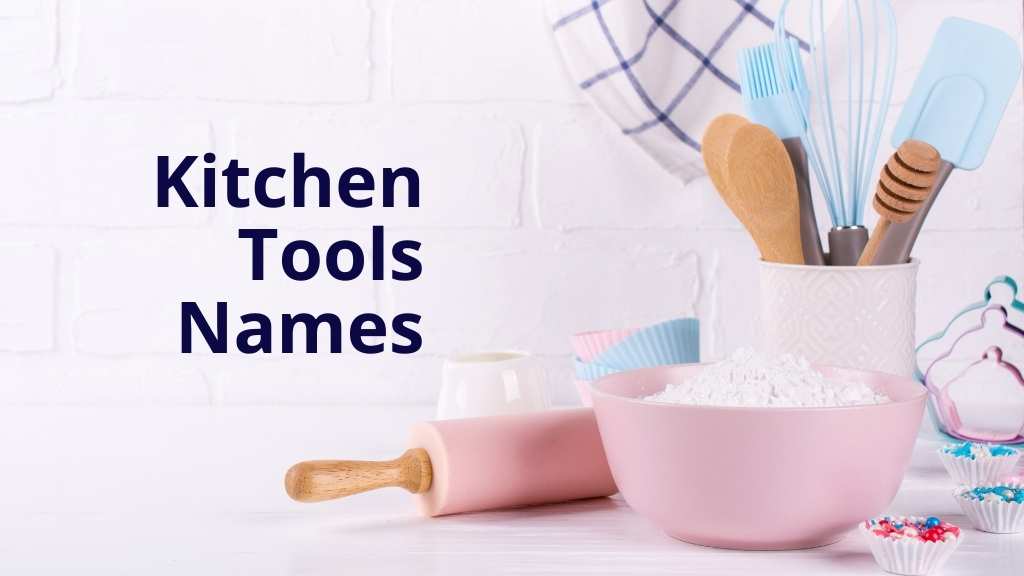
A well-equipped kitchen is the cornerstone of efficient and enjoyable cooking. The right utensils not only make meal preparation easier but also enhance the quality of your dishes.
From basic tools like knives and spoons to specialized gadgets like peelers and graters, understanding the essentials is key to building a functional kitchen.
In this article, we’ll introduce you to essential kitchen utensils, complete with their names and images, to help you create a streamlined and productive cooking space.
Let’s dive straight in and explore the wide array of kitchen utensils names, and equipment that can turn your cooking dreams into a delicious reality.
Get to Know All Kitchen Utensils Names!
Knowing all about kitchen utensils names is essential for any home cook or professional chef, as they enable us to prepare, cook, and serve delicious meals with precision and efficiency. In this detailed blog, we’ll explore a wide range of kitchen tools names, from the basic essentials to specialised gadgets, to help you make the most of your culinary endeavours.
1. Cutting and Chopping Tools
- Chef’s Knife:
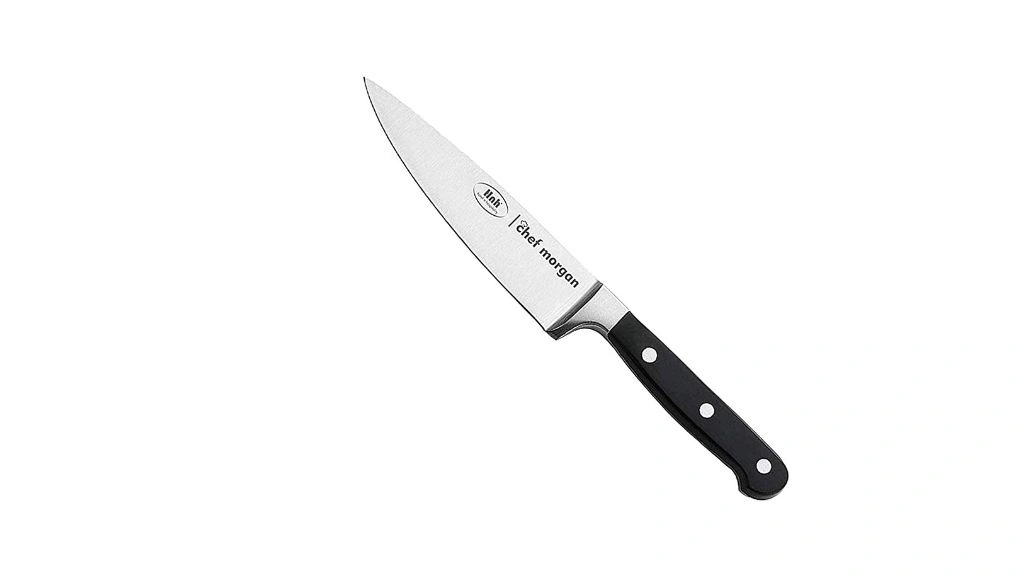
A high-quality chef’s knife is the backbone of any kitchen. It’s versatile and can be used for slicing, dicing, chopping, and mincing.
- Paring Knife:
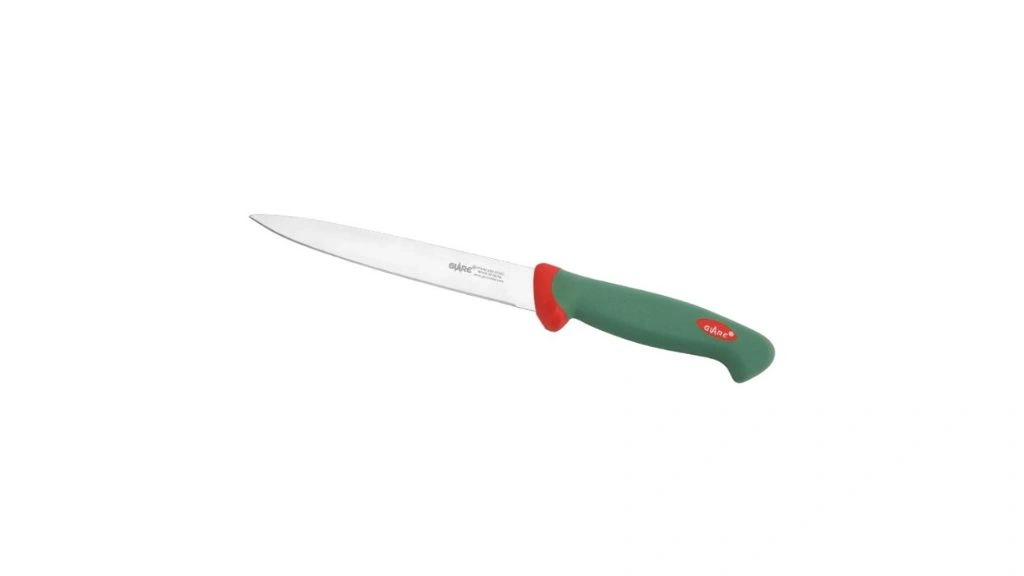
This smaller knife is perfect for delicate tasks like peeling fruits and vegetables or deveining shrimp.
- Serrated Knife:
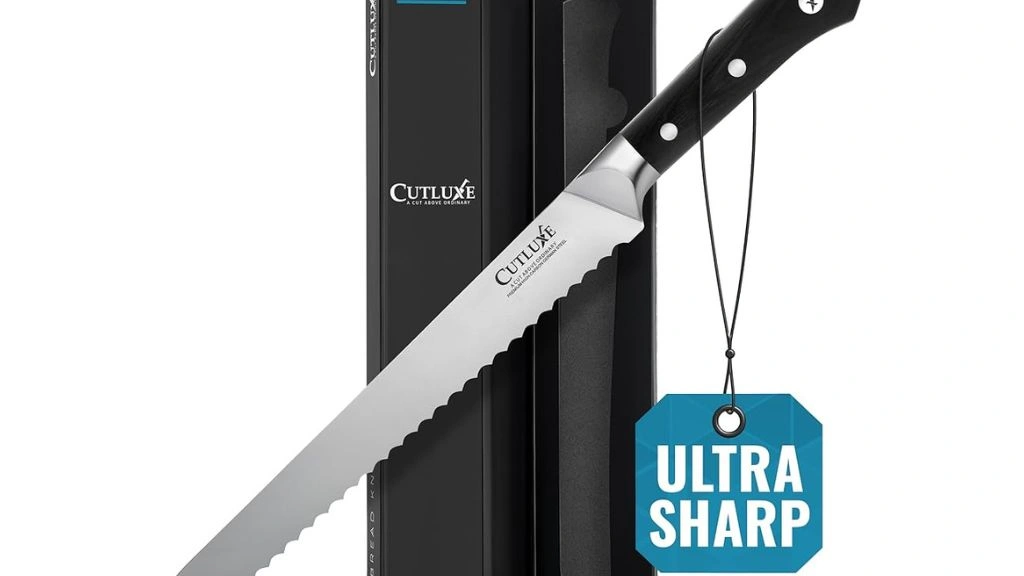
Ideal for slicing bread, cakes, and tomatoes, a serrated knife has teeth that grip and cut through soft interiors without crushing them.
- Utility Knife:
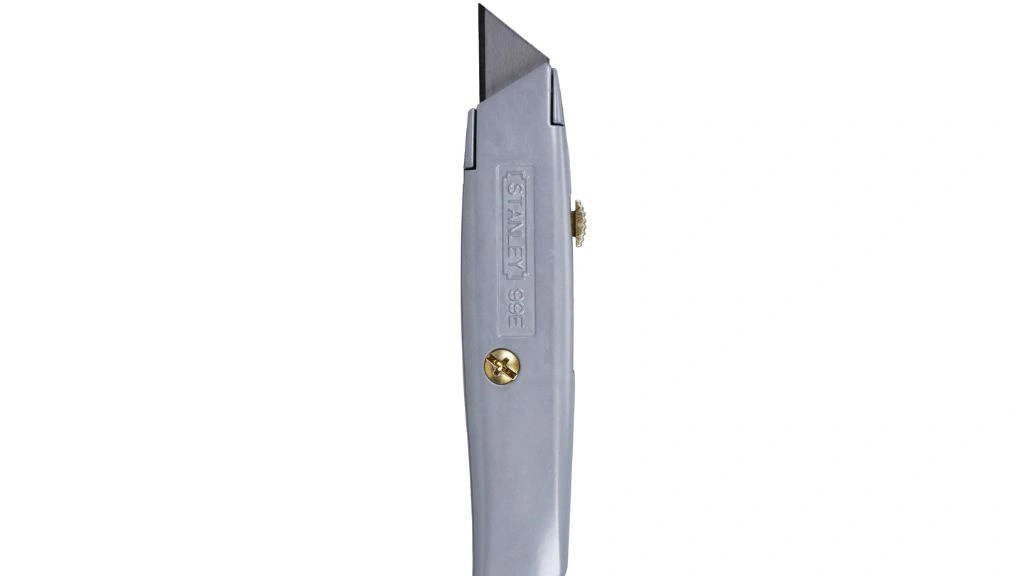
A versatile knife for miscellaneous tasks like trimming meat, slicing sandwiches, or cutting small fruits.
2. Cookware
- Pots and Pans:
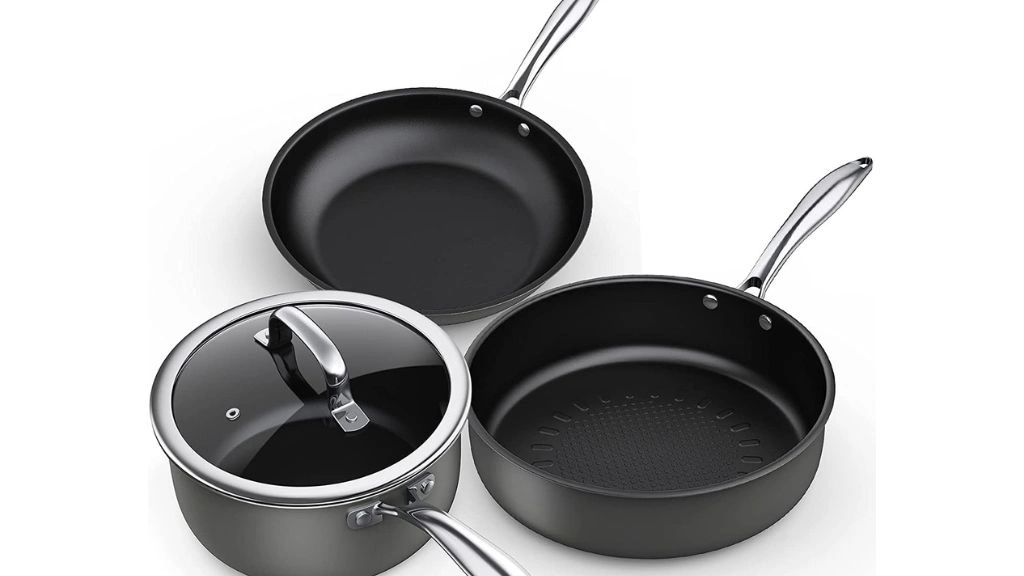
Invest in a variety of pots and pans, including a saucepan, sauté pan, stockpot, and frying pan, to cover all your cooking needs.
- Cast Iron Skillet:
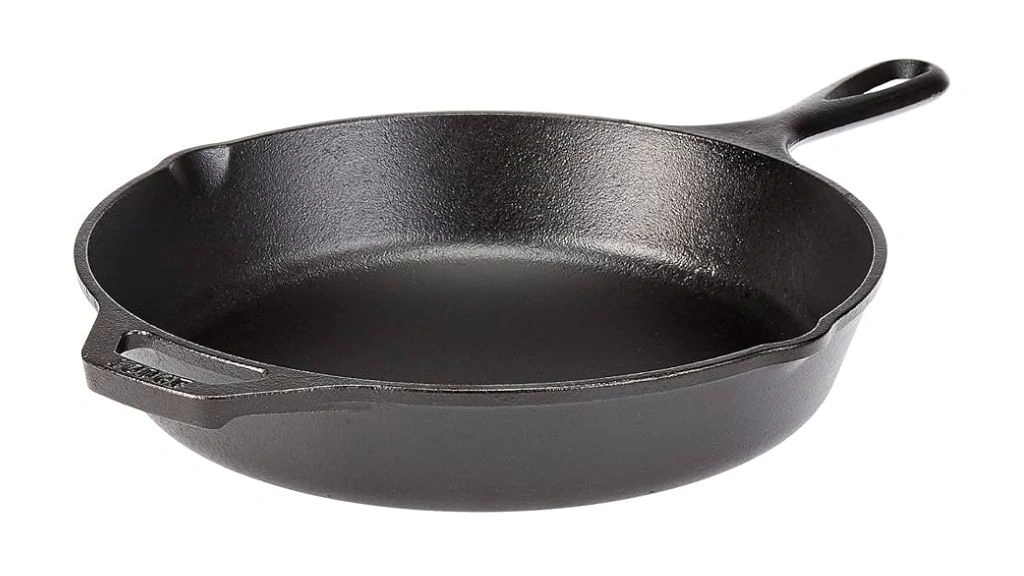
Known for its excellent heat retention and versatility, a cast iron skillet is a must-have for searing, frying, baking, and more.
- Non-Stick Pan:
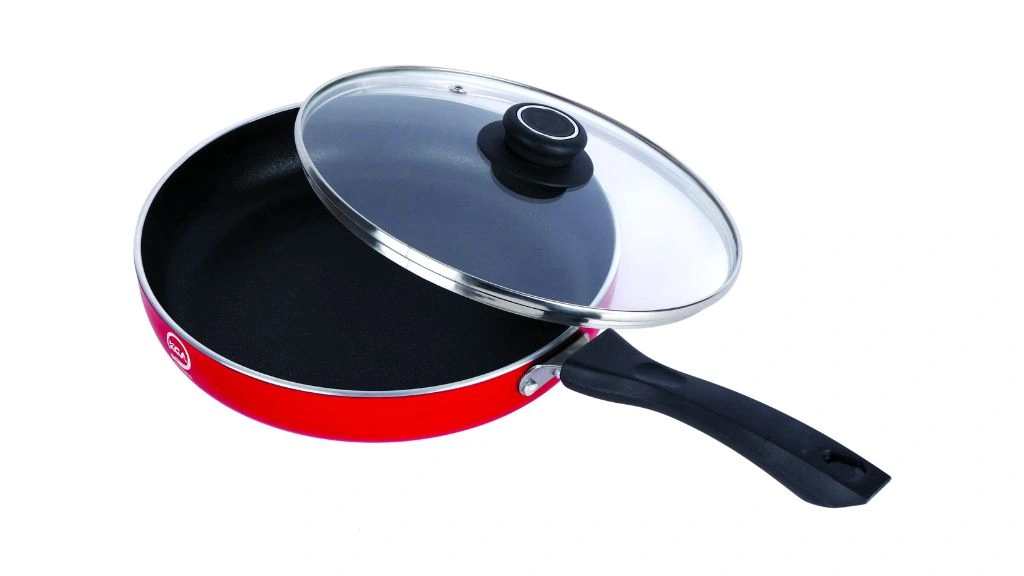
Perfect for cooking eggs, pancakes, and delicate foods, a non-stick pan makes flipping and releasing food a breeze.
- Dutch Oven:
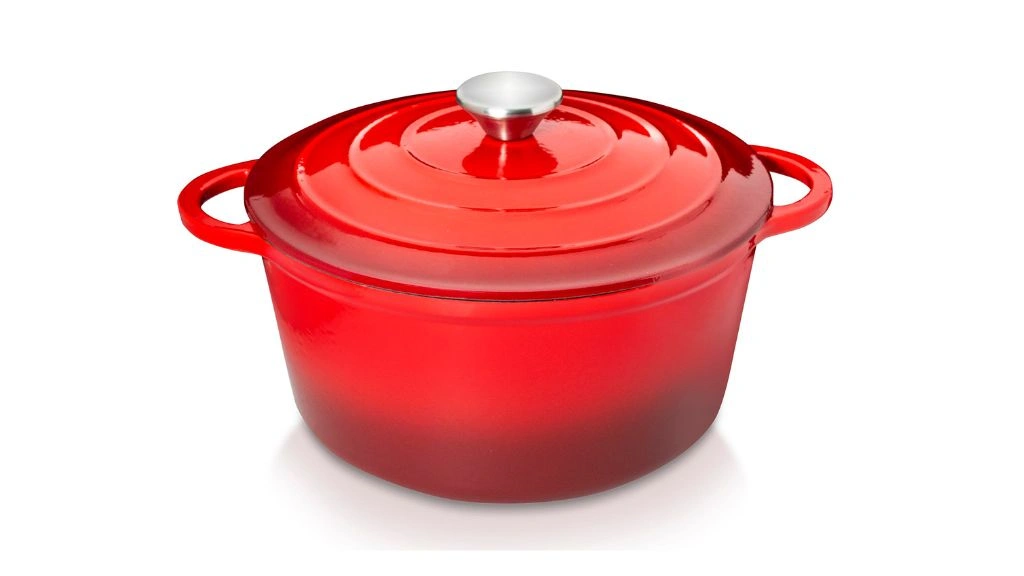
This heavy, lidded pot is great for slow-cooking stews, braising meats, and baking bread.
3. Baking Tools
- Mixing Bowls:
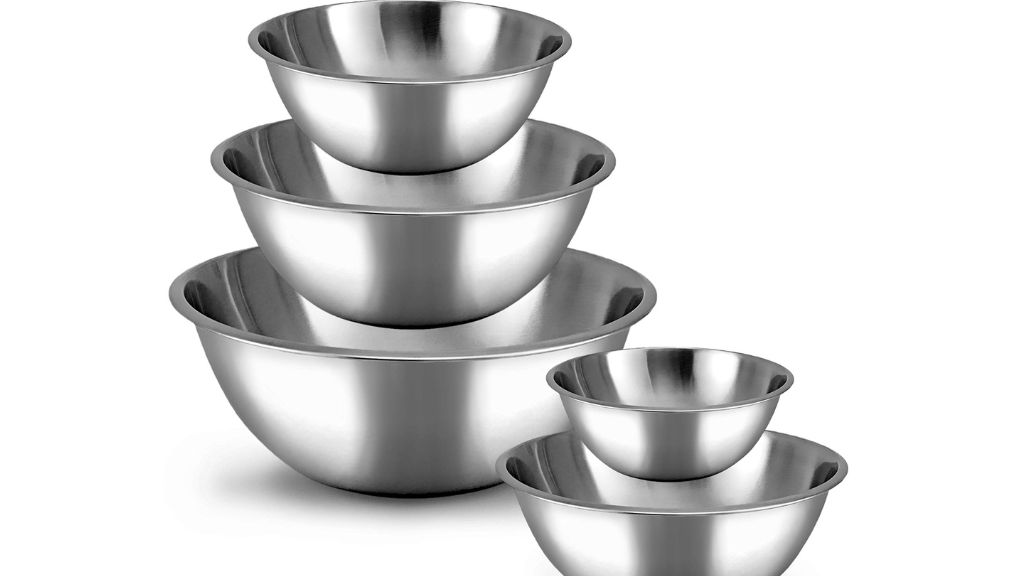
A set of mixing bowls in various sizes is essential for combining ingredients.
- Measuring Cups and Spoons:
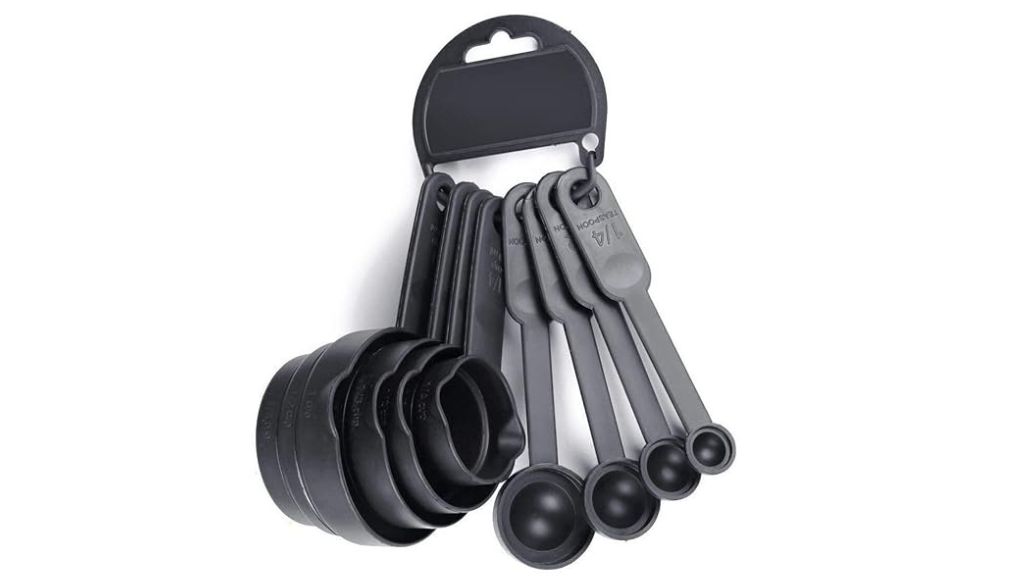
Accurate measurements are crucial in baking, so invest in quality measuring tools.
- Rolling Pin:
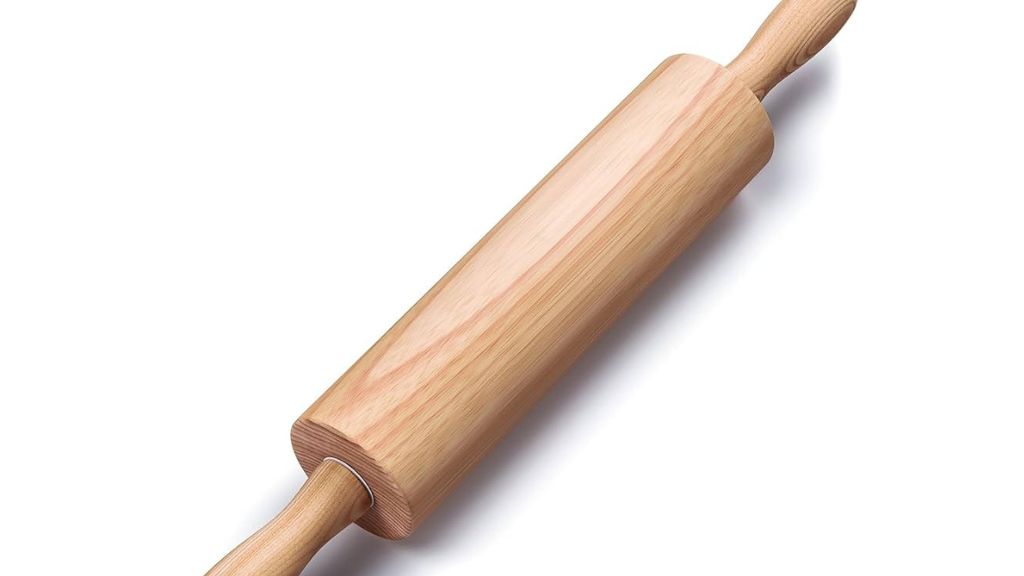
For rolling out the dough for pies, cookies, and pastries.
- Baking Sheets and Pans:
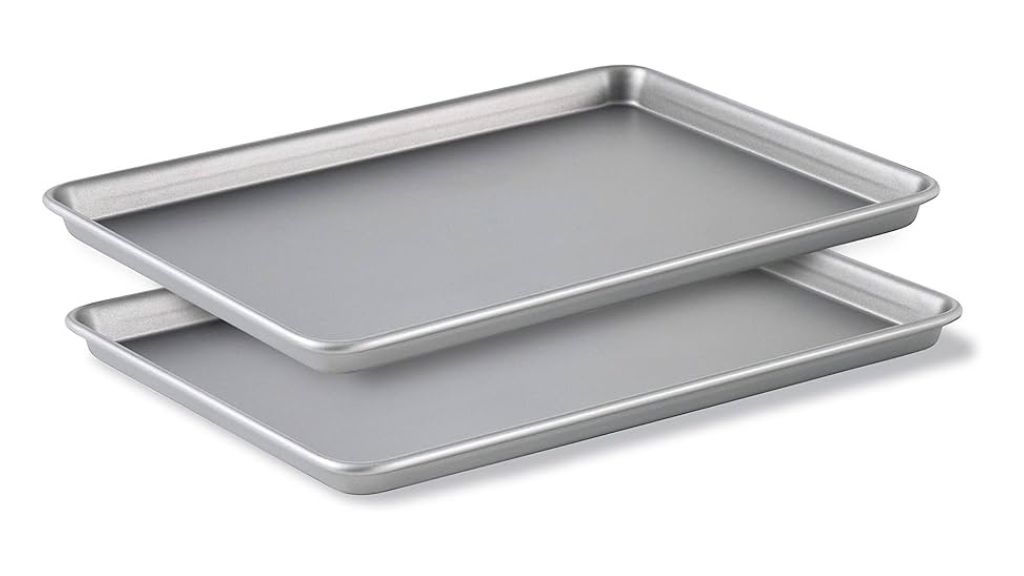
Essential for baking cookies, cakes, and savoury dishes.
4. Small Appliances
- Blender:
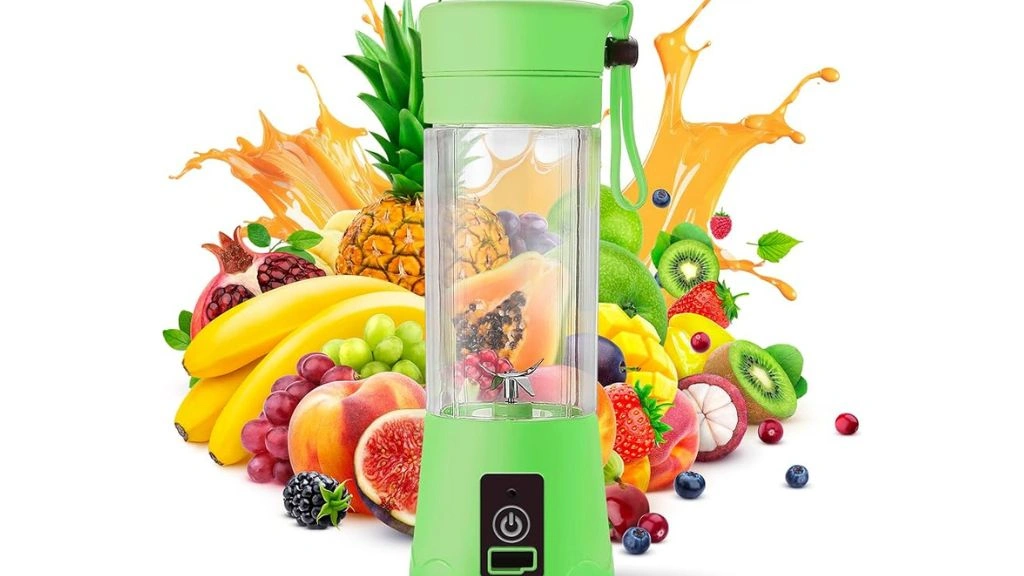
Useful for making smoothies, soups, sauces, and more.
- Food Processor:
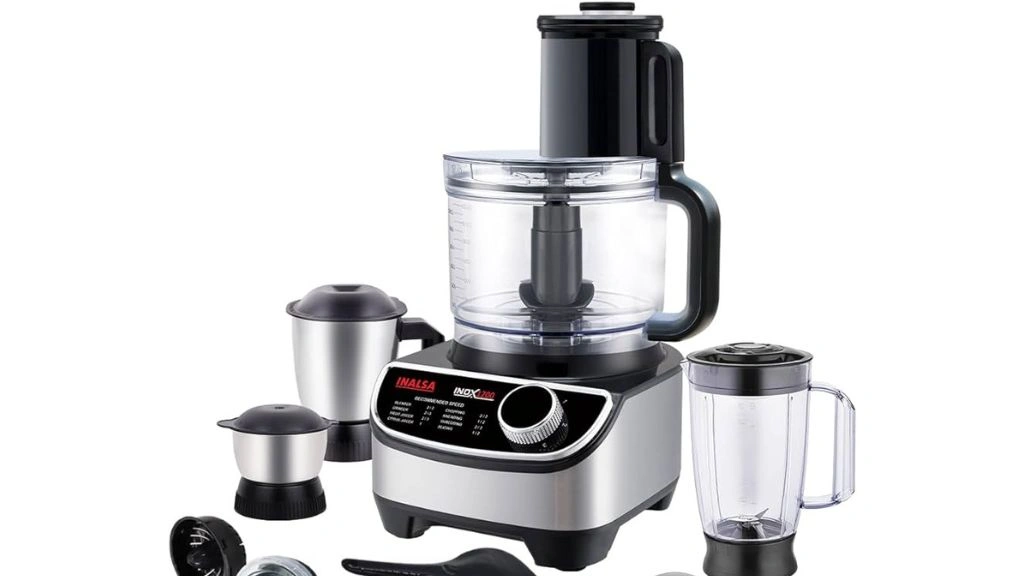
A versatile tool for chopping, slicing, shredding, and making dough.
- Stand Mixer:
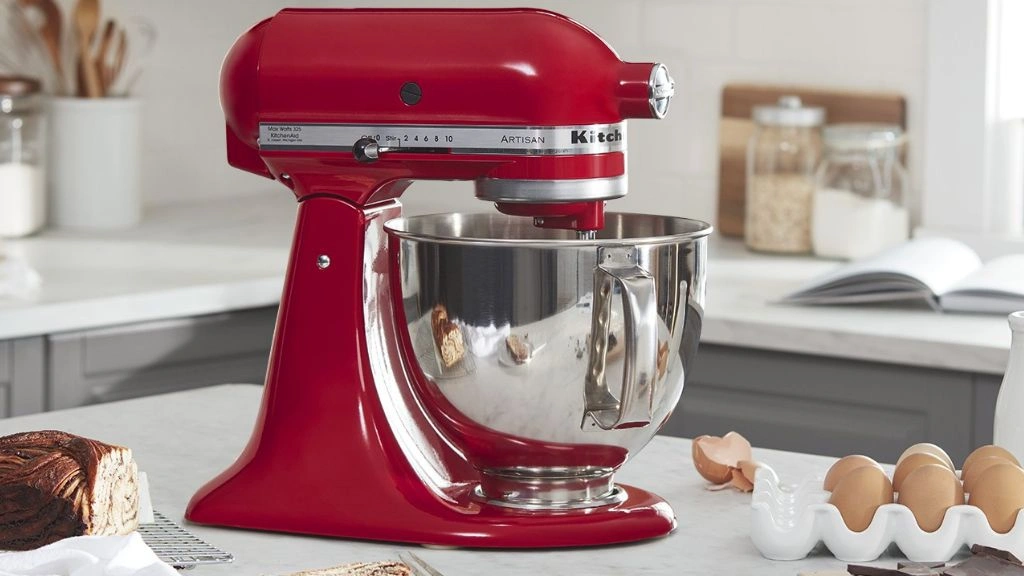
Ideal for baking enthusiasts, it can handle heavy mixing tasks like kneading bread dough.
- Toaster Oven
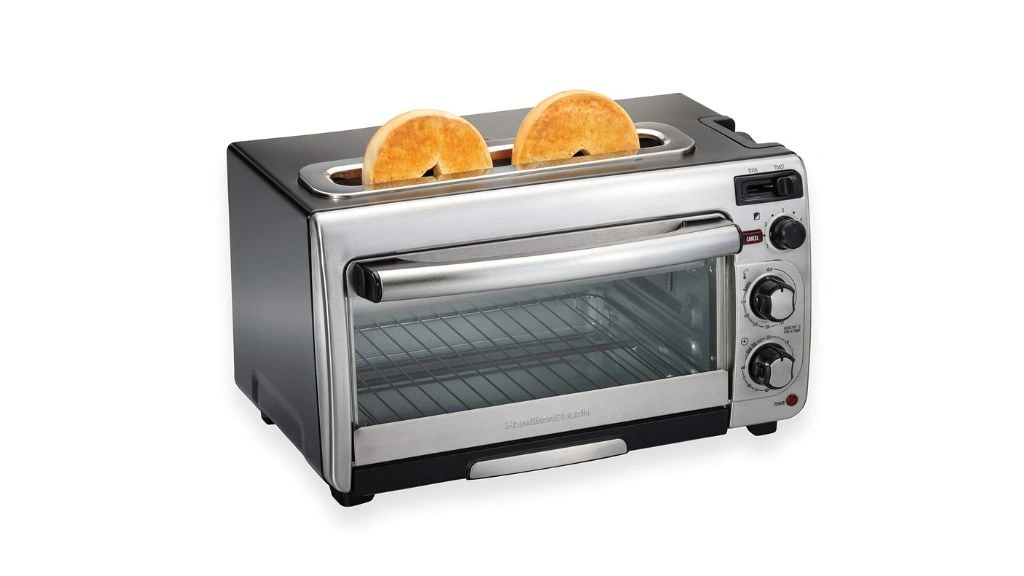
Great for toasting, broiling, and baking small dishes without heating up the entire kitchen.
5. Utensils and Gadgets
- Spatula:
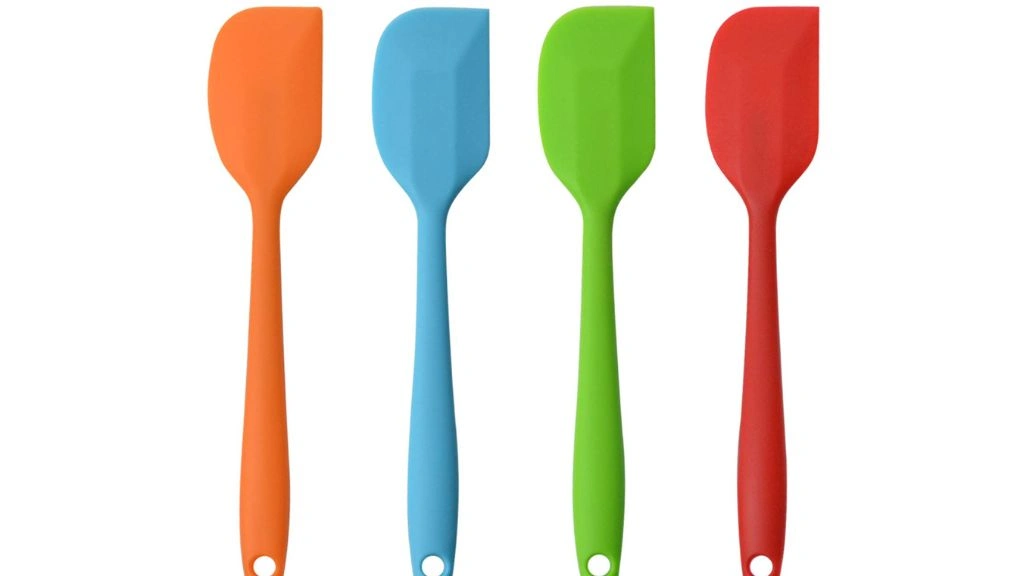
Essential for flipping and serving foods.
- Tongs:
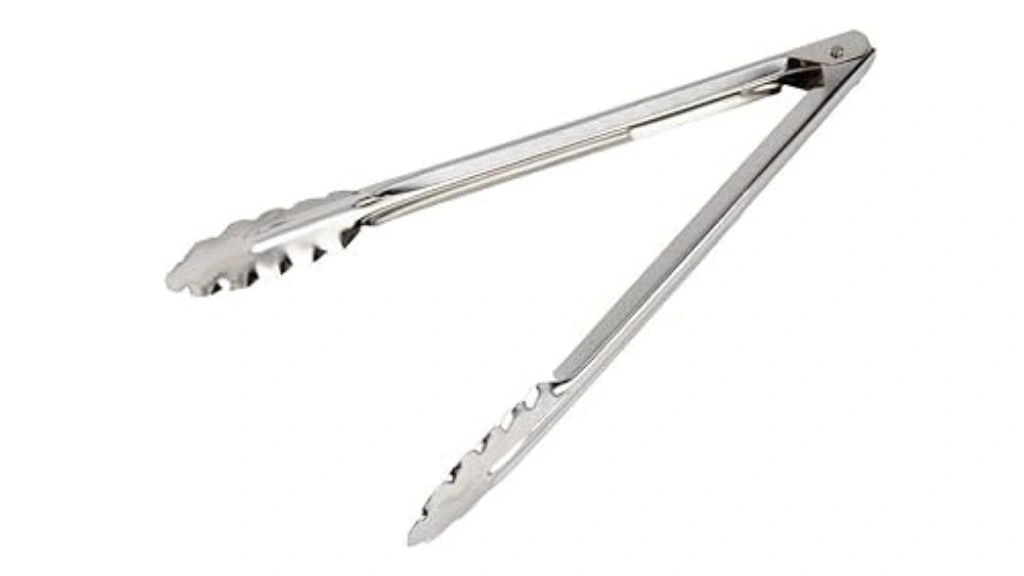
Perfect for gripping and flipping meats and vegetables.
- Whisk:
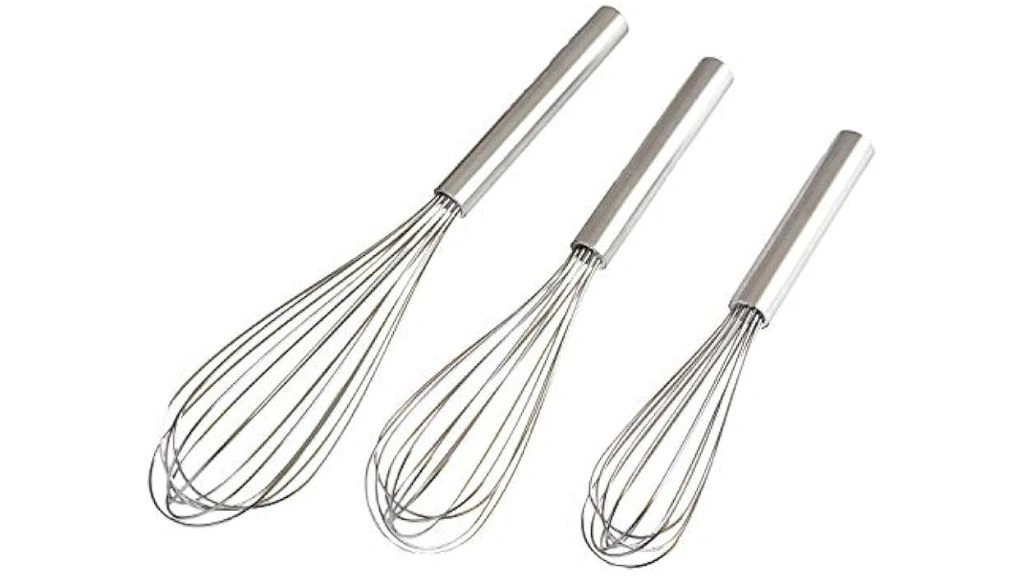
Essential for mixing, whipping, and incorporating air into various dishes.
- Peeler:
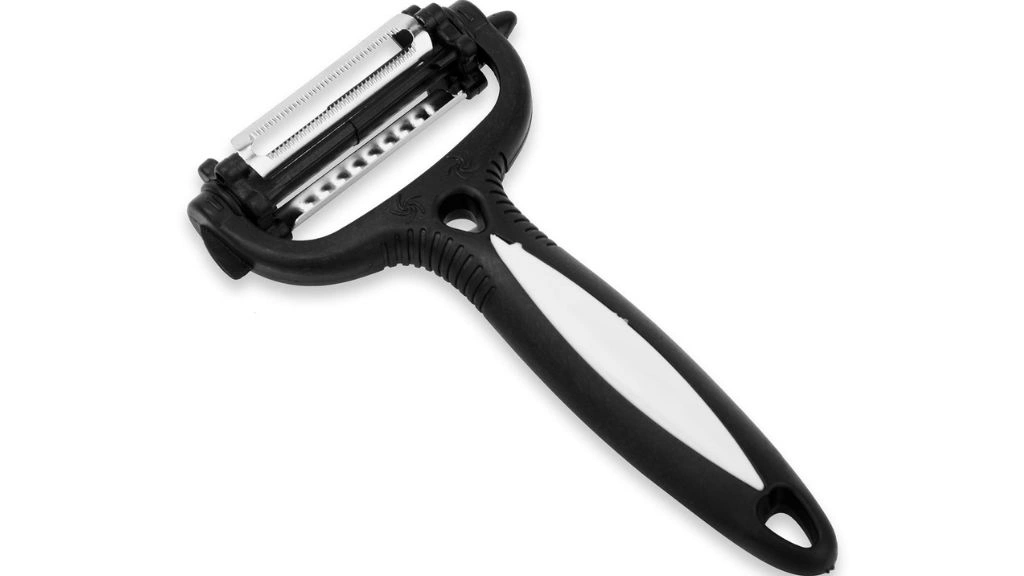
Makes quick work of peeling fruits and vegetables.
6. Storage and Organization
- Food Storage Containers:
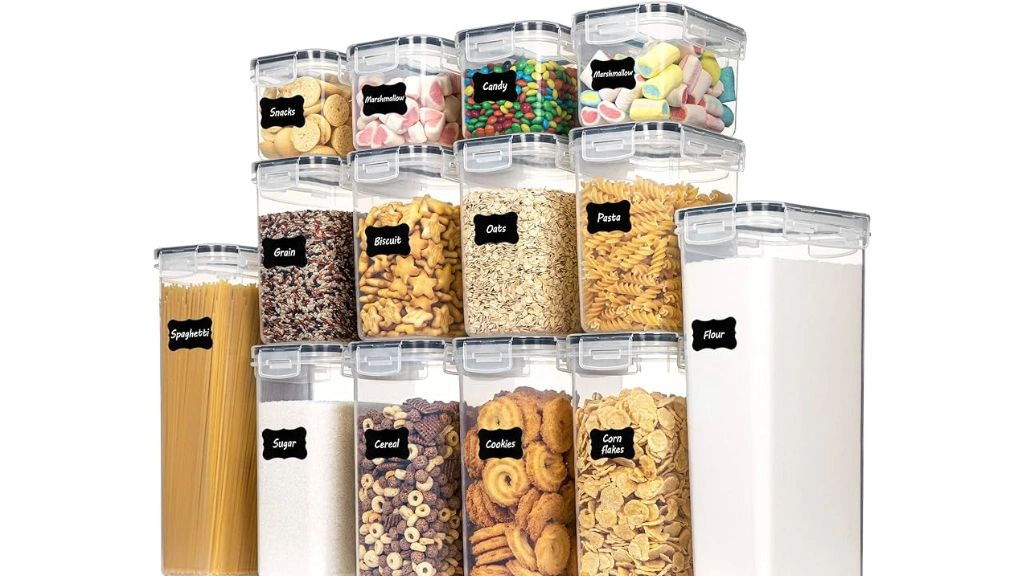
Keep your ingredients fresh with a variety of airtight containers.
- Knife Block or Magnetic Strip:
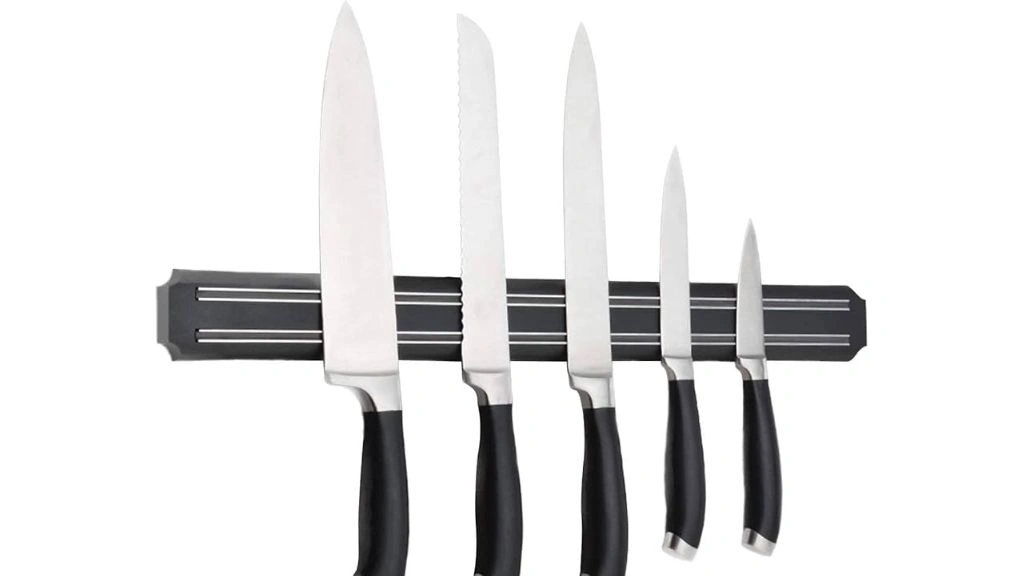
Safely store and access your knives.
- Drawer Organisers:
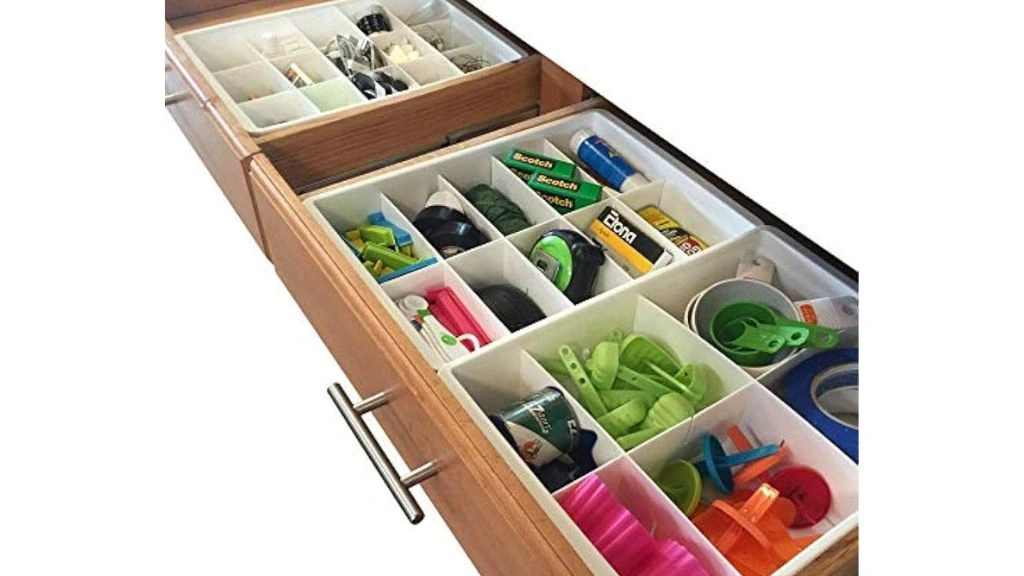
Keep utensils and gadgets neatly organised in your kitchen drawers.
7. Specialized Tools
- Mandoline Slicer:
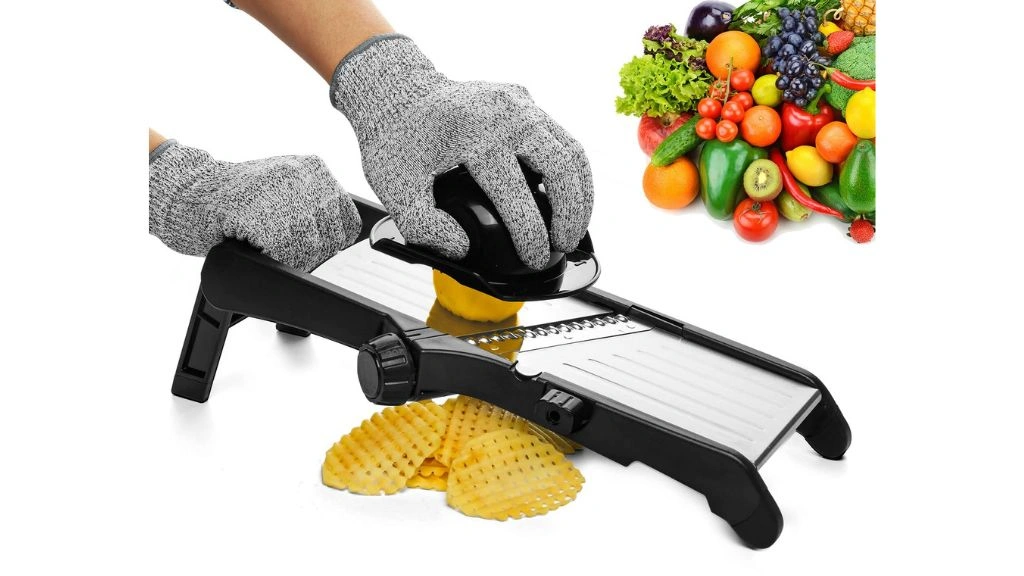
For precision slicing of vegetables and fruits.
- Microplane Grater:
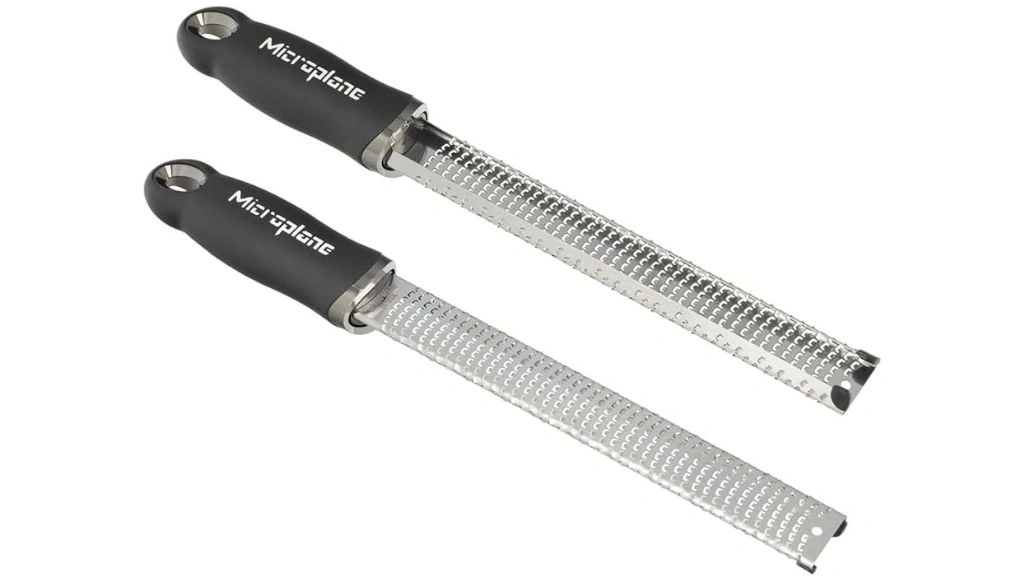
Grate cheese, zest citrus, and more with precision.
- Kitchen Scale:
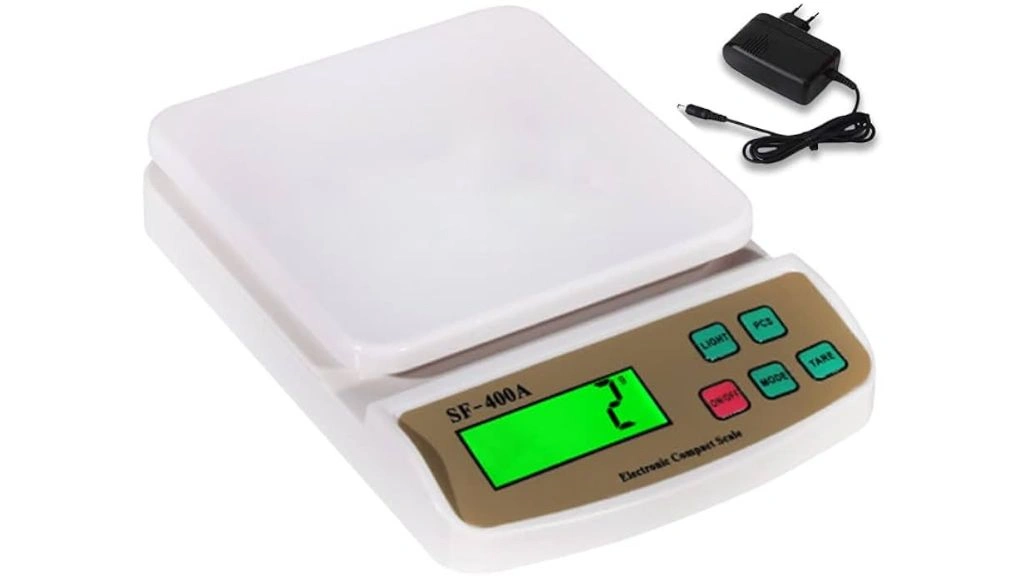
Ensure accurate measurements for baking and portion control.
8. Cooking Thermometer
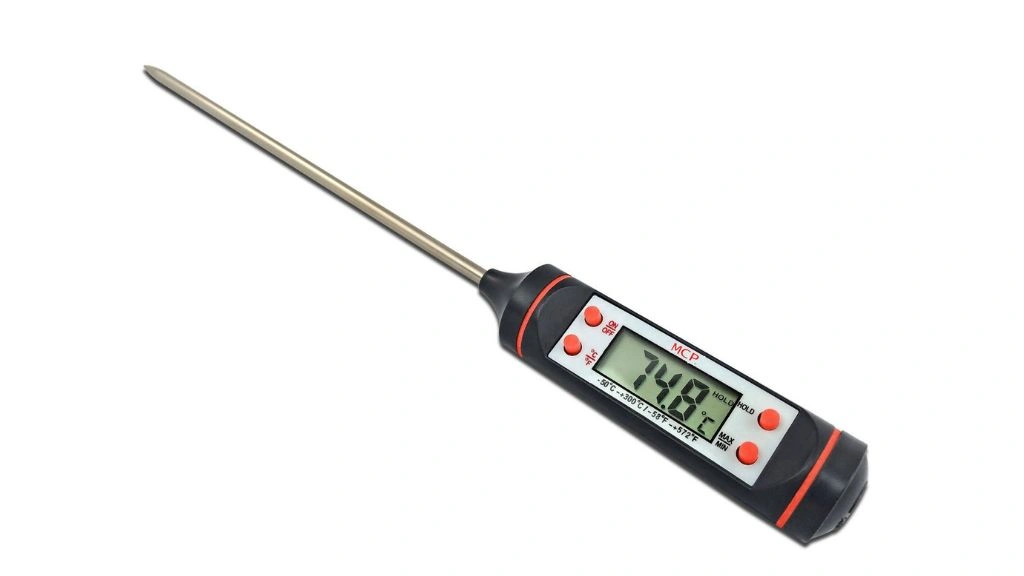
A digital meat thermometer is crucial for cooking meats to the desired level of doneness and ensuring food safety.
9. Can Opener
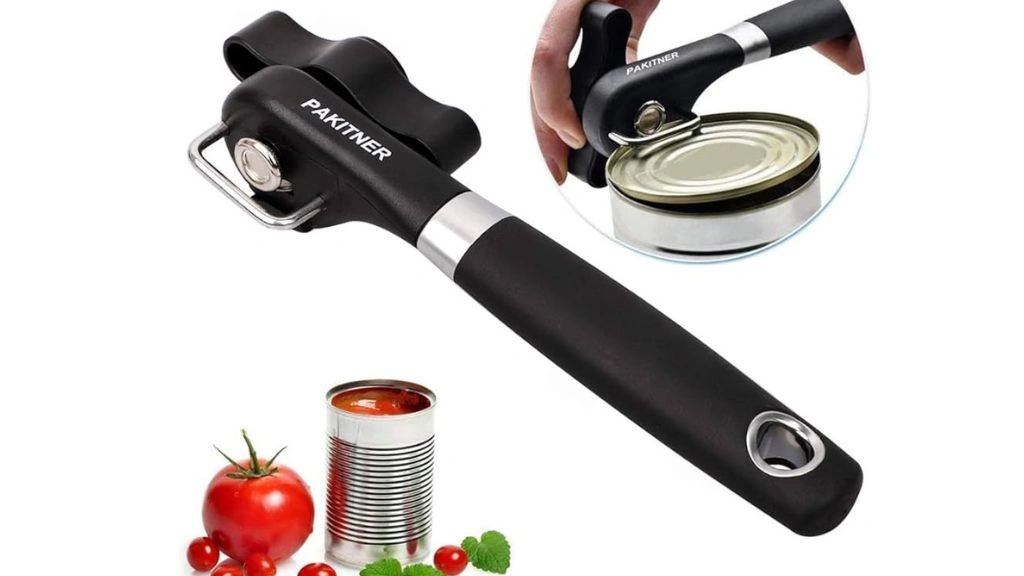
A reliable can opener is essential for opening canned goods easily.
10. Kitchen Gadgets

Depending on your cooking style, consider gadgets like a pasta maker, sous-vide machine, or an Instant Pot for added versatility.
How To Keep Clean and Maintain Your Kitchen?
Keeping your kitchen tools clean is essential for maintaining a safe and hygienic cooking environment. Here are some general tips and guidelines for cleaning various kitchen tools:
Handwashing vs. Dishwasher
Check the manufacturer’s instructions for your kitchen tools to determine if they are dishwasher safe. Some items may need to be hand-washed to prevent damage.
Basic Cleaning Steps
- Rinse tools immediately after use to prevent food residue from drying and sticking.
- Use hot, soapy water and a non-abrasive sponge or cloth to clean your tools.
- Scrub off any stubborn stains or stuck-on food particles.
- Pay special attention to crevices and corners where food can hide.
Cutting and Chopping Tools (Knives, Cutting Boards, etc.)
- Hand Wash knives with a gentle touch to avoid accidents.
- Cutting boards can be washed in hot, soapy water or run through the dishwasher.
- Consider using separate cutting boards for raw meat, poultry, and vegetables to avoid cross-contamination.
Pots and Pans
- Allow pots and pans to cool down slightly before cleaning to avoid warping.
- Use a non-abrasive sponge or cloth to clean the interior.
- For tough, burnt-on residues, soak the cookware in warm, soapy water before cleaning.
Baking Tools (Mixing Bowls, Baking Sheets, etc.)
- Remove any dough or batter residue with a spatula or scraper.
- Hand Wash or use the dishwasher, depending on the material.
Small Appliances (Blenders, Food Processors, etc.)
- Unplug the appliance before cleaning.
- Detach removable parts (blades, containers, etc.) and wash them separately.
- Use a damp cloth to clean the main unit, being careful around buttons and electrical components.
Utensils and Gadgets
- Hand Wash utensils like spatulas, tongs, and whisks.
- For items with intricate parts (e.g., garlic presses), use a small brush to remove food residues.
Specialized Tools (Mandoline Slicers, Graters, etc.)
- Use a brush or a specialised cleaning tool to remove food particles from small crevices.
- Be cautious while cleaning sharp blades to avoid cuts.
Storage and Organization (Knife Blocks, Drawer Organisers, etc.)
- Empty and clean storage solutions periodically to prevent dust and debris buildup.
- Clean knife blocks by removing the knives and shaking out any loose particles.
Kitchen Gadgets (Instant Pot, Sous-Vide Machine, etc.)
- Follow the manufacturer’s cleaning instructions for these specialised appliances.
Regular Maintenance
- Keep kitchen tools dry to prevent rust, especially for metal items.
- Consider oiling wooden tools occasionally to prevent drying and cracking.
- Replace worn-out or damaged tools promptly to maintain efficiency and safety.
Food Safety
- Pay extra attention to tools that come into contact with raw meat, as they can harbour harmful bacteria. Clean and sanitise these tools thoroughly.
Sanitising
- For extra food safety, sanitise cutting boards, and certain utensils periodically by using a solution of one tablespoon of bleach mixed with one gallon of water.
- Maintaining cleanliness in the kitchen is not only about cleaning the tools but also about practising good food safety habits. Regular cleaning and proper storage will extend the life of your kitchen tools and help ensure the safety of the food you prepare.
Conclusion; Kitchen Utensils Names
The key to a well-equipped kitchen is to start with the basics and gradually add specialised tools based on your cooking preferences and needs. Quality and durability are important when choosing kitchen tools, as investing in good-quality items can save you money in the long run and make your cooking experiences more enjoyable. Whether you’re a seasoned chef or a beginner cook, having the right kitchen tools names at your disposal can make a world of difference in your culinary adventures






